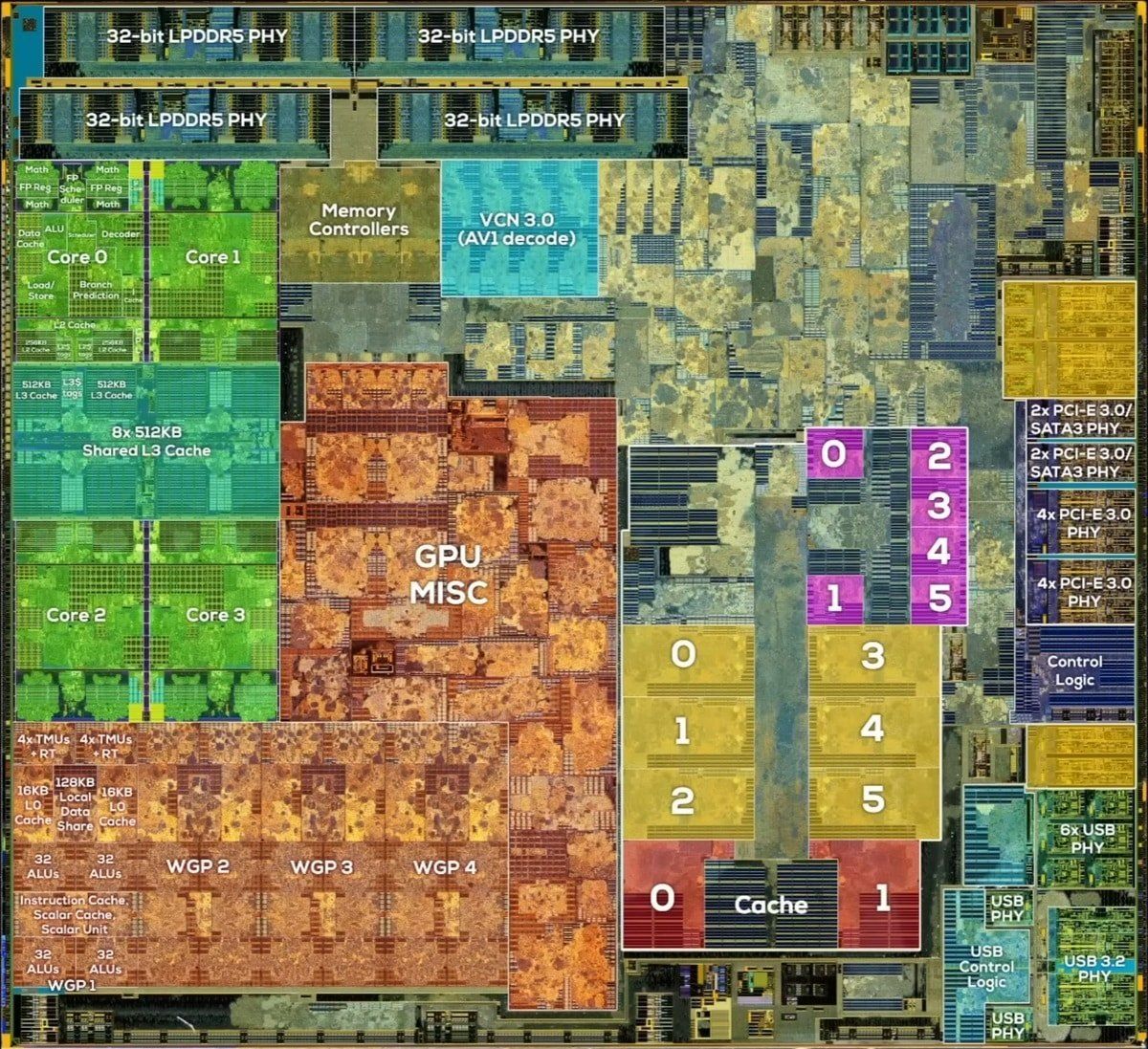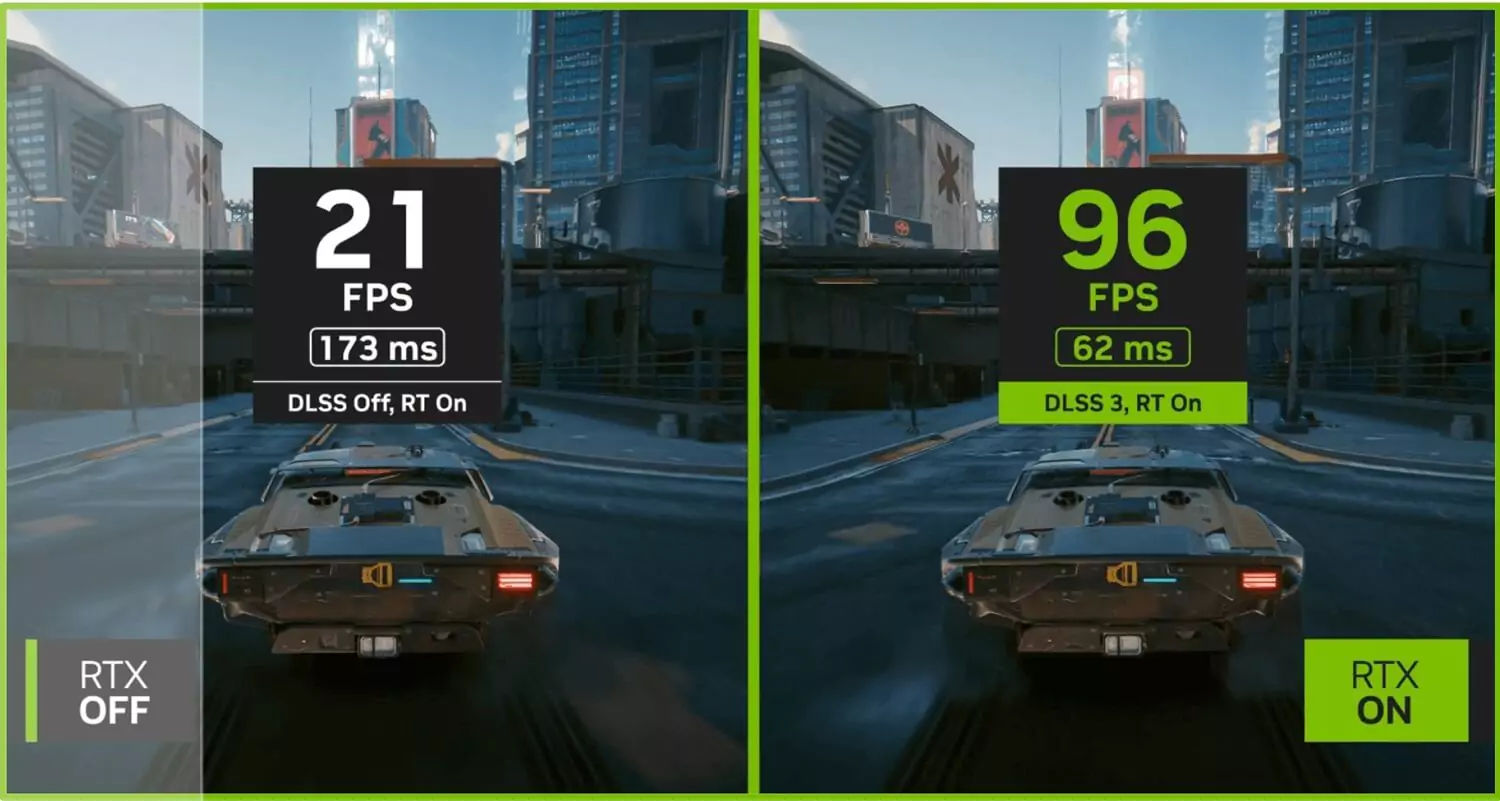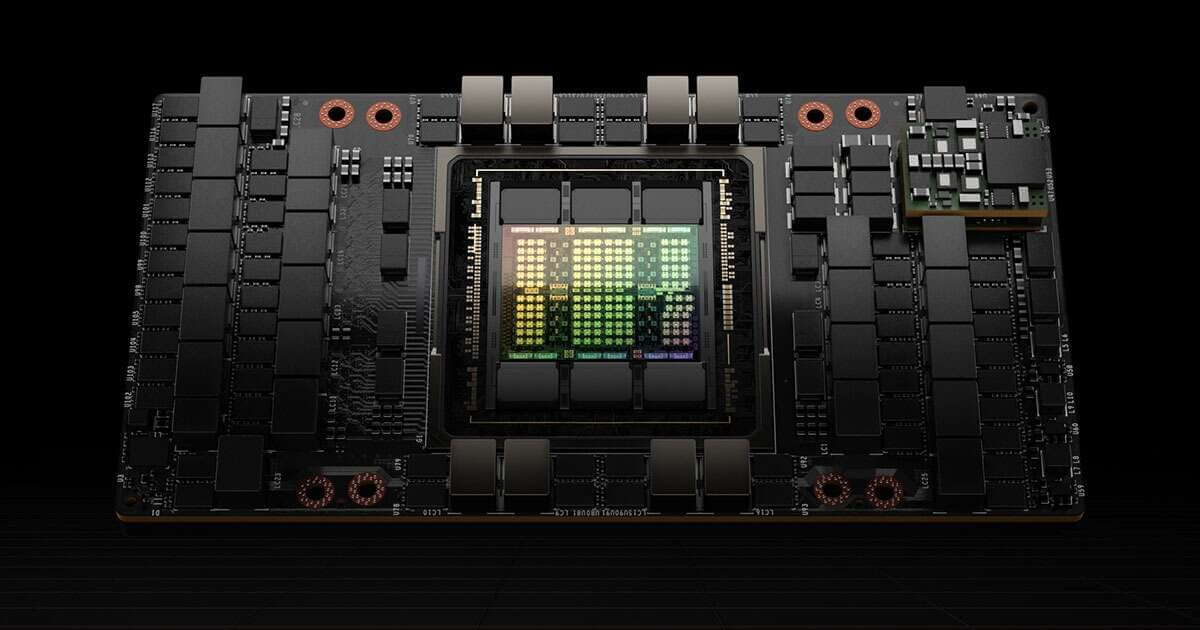The Steam Deck OLED has been put under the scanner, revealing some hidden details about Valve’s mystery refresh. The Van Gogh APU, codenamed Aerith, is 162mm² wide, divided up (roughly) equally between the CPU cores, memory controllers, and the GPU. The SoC has four Zen 2 cores and eight RDNA 2 Compute Units (512 shaders). The original SoC leveraged the 7nm node, while the OLED refresh is based on the refined 6nm processor. The latter uses the codename “Sephiroth.”

More than half of the SoC is occupied by the LPDDR5 memory, memory controllers, and I/O ports. About 13% of the AMD Van Gogh APU is committed to (what likely is) the computer vision processing engine (CVPE). This is the same chip used by the Magic Leap 2 AR headset, although it’s not clear whether it’s physically fused off or disabled via the BIOS.
The 6nm Sephiroth SoC is 20% smaller than the original 7nm Aerith chip. Given that the former is 18% denser, there’s a good chance it’s more than a process node port. The ROG Ally and Lenovo Legion both feature the newer Ryzen Z1 Extreme SoC with Zen 4 CPU cores and the RDNA 3-based Radeon 780M iGPU. This places the Deck OLED up to two generations behind on the processor side with a similar display and memory.




Comments ()